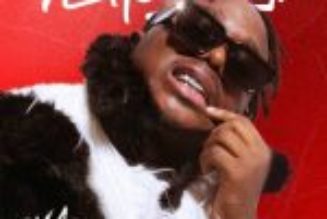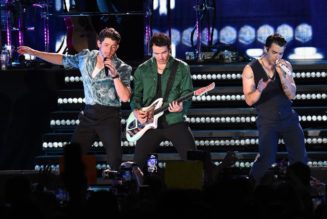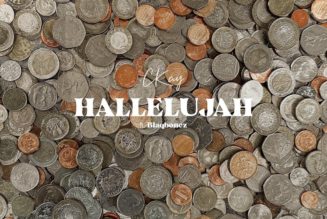
Lady Gaga is no stranger to theatricality; she’s been playing a part as long as she’s been in the public eye. The artist born Stefani Germanotta has embraced the art of performance in every facet of her career, from her many chapters of pop history to her more recent screen credits, and Gaga has found a way to once again blend those elements in Harlequin. The concept album arrives ahead of the release of Joker: Folie à Deux, where she plays a take on Harley Quinn named Lee Quinzel.
Lady Gaga is an incredible actress. The moment she walks out to deliver her verse in “Shallow” in Bradley Cooper’s A Star Is Born has become one of the enduring images of her career. She also spent years performing with the late, great Tony Bennett; they recorded two full albums together, and she took up a jazz residency in Las Vegas. The stars aligned for Harlequin to combine so many of the elements that have dotted her varied projects. The album offers up big band swing, character work, total immersion, and a pair of original tunes, and it just about all works.
Harlequin even seems to reflect a narrative structure, and despite the fact that we don’t quite know what Lee’s arc will look like in the movie, we do know that Lady Gaga rarely does anything by accident. The first third of the LP lands as triumphant, confident, and romantic in places, but everything falls to pieces towards the middle, and the rebuild that occurs towards the end evokes the classical three-act story design. It’s more than a template; it’s the framework for the whole emotional arc of the record.
Related Video
The story begins, for example, with a slightly updated version of “Good Morning,” originally performed by Judy Garland and further popularized by its inclusion in Singin’ in the Rain. And while nothing can ever top the sheer joy of Gene Kelly, Donald O’Connor, and Debbie Reynolds dancing around a Los Angeles set piece in the wee hours of the morning, Gaga takes it out for a cheeky spin with a handful of references to inmates, wardens, and other plot elements waiting in Joker: Folie à Deux. When it comes to sifting through the many classic tracks she could have chosen for this collection, Gaga’s instincts are, overall, fantastic. She pulls heavily from beloved Technicolor musicals, mining Sweet Charity for “If My Friends Could See Me Now” and The Band Wagon for “That’s Entertainment.”
“That’s Entertainment,” in particular, feels like a turning point for the story Gaga is telling. Regardless of how Lee’s arc will play out in the movie, Dr. Harleen Quinzel is a character who canonically finds herself consumed by the charismatic Crown Prince of Crime to the point that she sheds most of her own identity to step into the role of Harley Quinn. She wants so desperately to be loved and affirmed by him that she’ll let her life fall to pieces in order to get his approval. All the world’s a stage, and “That’s Entertainment” feels like the moment she accepts her role.
The one glaring miss immediately follows with “The Joker,” which Gaga pulled for obvious reasons from the little-seen 1965 production The Roar of the Greasepaint – The Smell of the Crowd. It comes across as too heavy-handed to mesh evenly with everything else happening here. The other tracks feel peppered with dark irony or devil-may-care awareness in a way that feels self-aware, while the references in “The Joker” to “the lonely clown” as the ultimate “loser in the game” are just a bit too on the nose to work. Even so, “The Joker” is clearly the point where our narrator — Gaga, Lee, Harley, or any mix of the three — takes the turn for the worse, which makes the tender “Smile” a powerful emotional centerpiece.









